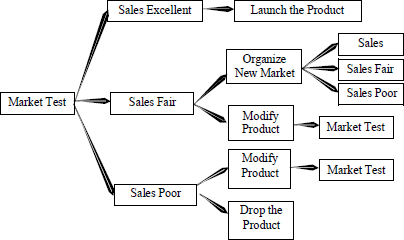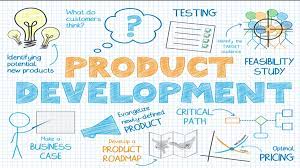When a product idea is revolutionary, the concept itself must be tested. For example, people talk about ‘battery-driven cars’ to save on petrol. It is a concept to be evaluated in the environment the product is to be introduced.
For example, Hindustan Lever failed with their Hima peas and Fast Food. It was a failure of concept testing.
Product Designing and Evaluation
If the product idea or the concept passes the test, we proceed to the engineering or Research and Development stage. So far, what we had was only a description or an idea.
Now, this has to be converted into a product. Prototypes are developed and tested. At this stage of product development, the technical problems, if any, must be solved.
It is because the product must not suffer from complaints regarding quality in use. Even an iota of defect might shorten the life cycle of the product as well as spoil the company’s image.
Read Also: Classes of Wholesalers in Marketing
Product Testing
Apart from mechanical performance, customer acceptance is essential. In fact, the following are the requirements for new products:
- Satisfactory performance
- Customer Acceptance
- Economical production
- Adequate distribution
- Adequate servicing arrangements where required, and
- Effective packaging and branding.
A market test should be made before launching the new product. It will help us find out whether the product can be launched successfully on a commercial scale or not.
Launching the New Product
The test marketing may show up something as depicted in the figure below.

It may show that the sales are ‘excellent’, in which case, our decision is easy, and we can proceed to launch the product. As against this, if it shows that the sales are ‘poor’, there are generally two alternatives available from a practical viewpoint. We can drop the product or modify it and test it again.
Read Also: The Importance of Channels of Distribution and Selecting an Appropriate Channel
If the sales are ‘fair’, we may modify the product or conduct a new market test. The latter is done when we feel that perhaps there is something wrong with the market test just completed.
An alternative is to modify the product in terms of the feedback received from the market test results, and then test again before the final decision is to launch the product commercially or to drop it.
One must, however, remember that constant testing involves further costs. A decision must, therefore, be arrived at as early as practicable.
In conclusion, the introduction of a new product is not an easy decision. It has to be weighed very carefully in terms of possible markets, the costs involved, and potential profits.
Read Also: Guide to Proper Physical Products & Services Distribution Tasks
